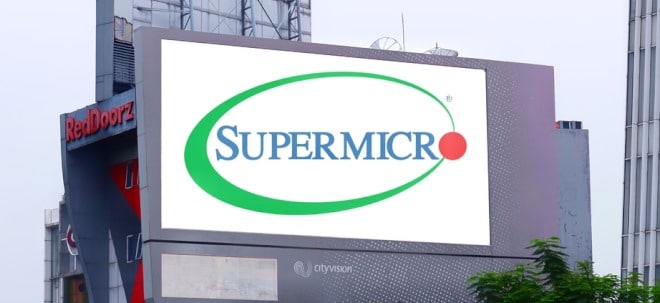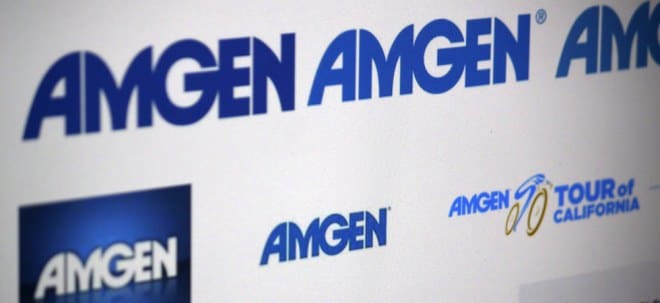Zur Erklärung der Autor Snaith forscht sehr viel gemeinsam mit Worsley. Worsley ist bei SPECIFIC der Research Director.
Low-Temperature Processed Electron Collection Layers of Graphene/TiO2 Nanocomposites in Thin Film Perovskite Solar Cells
ACS ActiveView PDFHi-Res Print, Annotate, Reference QuickView
PDF [3928 KB]
PDF w/ Links[394 KB]
Full Text HTML
Abstract
Supporting Info ->
Figures
Reference QuickView
Add to ACS ChemWorx
Jacob Tse-Wei Wang †, James M. Ball †, Eva M. Barea ‡, Antonio Abate †, Jack A. Alexander-Webber †, Jian Huang †, Michael Saliba †, Iván Mora-Sero ‡, Juan Bisquert ‡, Henry J. Snaith *†, and Robin J. Nicholas *†
† Department of Physics, Clarendon Laboratory, University of Oxford, Parks Road, Oxford OX1 3PU, United Kingdom
‡ Photovoltaic and Optoelectronic Devices Group, Department de Física, Universitat Jaume I, 12071 Castelló, Spain
Nano Lett., Article ASAP
DOI: 10.1021/nl403997a
Publication Date (Web): December 16, 2013
Copyright © 2013 American Chemical Society
The highest efficiencies in solution-processable perovskite-based solar cells have been achieved using an electron collection layer that requires sintering at 500 °C. This is unfavorable for low-cost production, applications on plastic substrates, and multijunction device architectures. Here we report a low-cost, solution-based deposition procedure utilizing nanocomposites of graphene and TiO2 nanoparticles as the electron collection layers in meso-superstructured perovskite solar cells. The graphene nanoflakes provide superior charge-collection in the nanocomposites, enabling the entire device to be fabricated at temperatures no higher than 150 °C. These solar cells show remarkable photovoltaic performance with a power conversion efficiency up to 15.6%. This work demonstrates that graphene/metal oxide nanocomposites have the potential to contribute significantly toward the development of low-cost solar cells.
Zugehöriger Bericht:
http://www.solarnovus.com/...lar-cell-achieves-15-6-record_N7403.html
"However, this new type of device based on a combination of perovskite and graphene is not quite ready for commercialisation. For one thing, Bisquert says, “The stability of the material has to be improved, but this will depend also on encapsulation issues.” Once “the scientific community” can sufficiently innovate the raw components of the cell, “20% efficiency seems very possible to reach.”
- See more at: http://www.solarnovus.com/...6-record_N7403.html#sthash.RtSbPgGX.dpuf
|


 Thread abonnieren
Thread abonnieren

